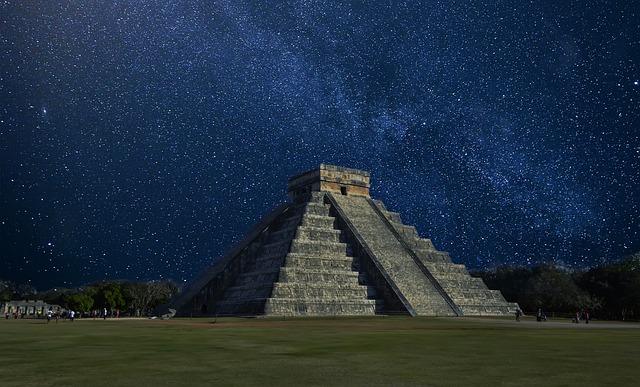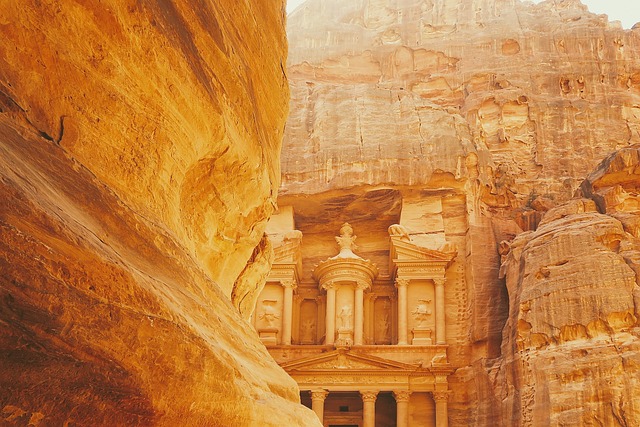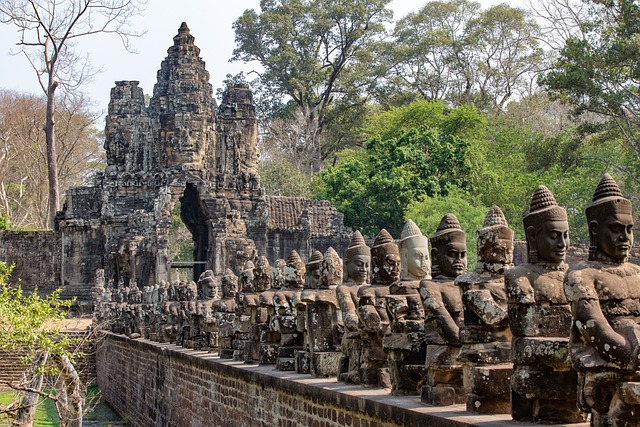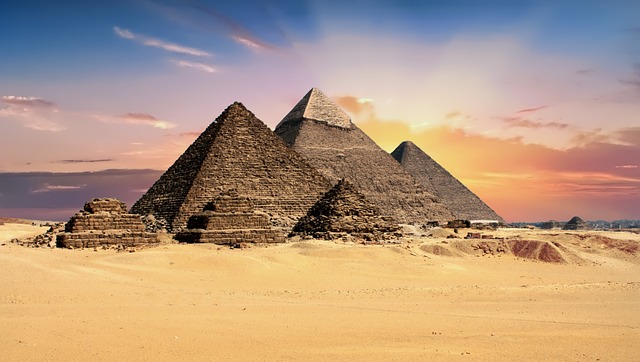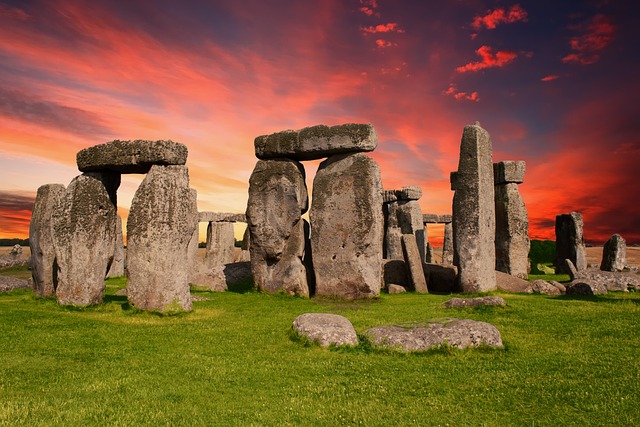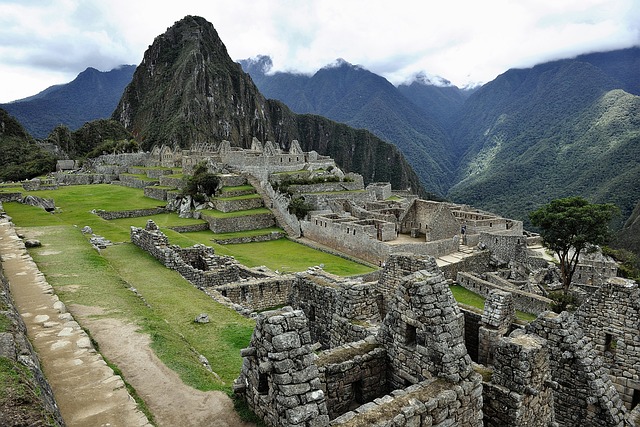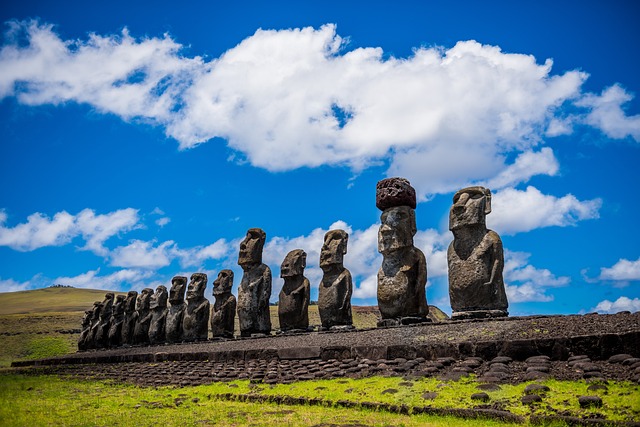Chichen Itza, Mexico: Where Ancient Pyramids Meet Clumsy Tourist Selfies
Nestled in the heart of Yucatán, Mexico, the ancient city of Chichen Itza stands as an enduring testament to the ingenuity and spirituality of the Maya civilization. This archaeological wonder, once a major focal point in the Maya world, showcases the Maya’s architectural prowess and their deep understanding of astronomical phenomena. The expansive complex of temples, pyramids, and palaces tell a story of a society that was as deeply connected to the cosmos as it was to commerce and politics.

At the center of Chichen Itza’s sacred geometry is the iconic El Castillo, also known as the Temple of Kukulkan, a pyramid whose design beautifully aligns with the solar calendar. Twice a year, during the spring and autumnal equinoxes, an enchanting play of light and shadow creates the appearance of a serpent slithering down the staircase—a spectacle that draws thousands of modern visitors annually. Yet, beyond this serpentine shadow play lies a city that was sophisticated in urban layout and alive with vibrant cultural practices.
Key Takeaways
- Chichen Itza’s architecture reflects the Maya’s astronomical and spiritual knowledge.
- The city was a crucial hub for Maya politics, religion, and trade.
- Modern tourism revels in the equinox phenomena at the Temple of Kukulkan.
Unraveling the Past

As we peel back the layers of Chichen Itza’s storied timeline, one finds a city that swayed between cultural zeniths and political chess games. Here lies a tale of rise, conquest, and the intermingling of pantheons.
Chronicles of Chichen Itza
In 1988, the history buffs of the world let out a collective gasp of joy as UNESCO dubbed Chichen Itza a World Heritage Site. It’s like the universe’s VIP pass for awesomeness in cultural achievement. This Pre-Hispanic city on the Yucatán Peninsula was once a regional capital booming with Mayan mojo before it even considered letting the Toltecs crash the party.
- Name-Dropping: It’s named after the Itzá, a mystery gang of early settlers.
- Mayapan: Not to be confused with the city of Mayapan, which formed part of the League of Mayapán, a later political confederacy.
Mayan Metropolis to Toltec Takeover
Before Cancún was even a twinkle in Mexico’s eye, Chichen Itza was a sizzling hot urban center that attracted folks from all over Mesoamerica for its economic power. The city flaunted large marketplaces where the latest in feathered fashions and shiny obsidian must-haves sparkled.
- The Itza Touch: These Itza folks knew how to build a city, turning Chichen Itza into a sociocultural hotspot.
- A Not-So-Friendly Merger: The Toltecs muscled in, and boy, did they revamp the place with their own deities and fondness for human sacrifice.
The Descent of the Deities
It’s said that when the Gods looked down on Chichen Itza, they nodded in approval. They could hardly resist. They put their divine stamp on structures that still leave archaeologists and tourists utterly gobsmacked.
- El Castillo: Also known as the Temple of Kukulkan, this step pyramid sits like a crown jewel among the ruins.
- Temple of the Warriors: Where you can almost hear ancient battle cries, fused with the gentle tone of the Toltec influence.
Throughout, the magnificent site of Chichen Itza reveals a civilization that was as complex as any morning after a heavy night of Mayan hot chocolate; rich, sophisticated, and with a good chance of leaving your head spinning with wonder. They sure didn’t skimp on the wow factor.
City Layout and Sacred Architecture

Nestled in the lush jungles of Mexico, Chichen Itza’s grandeur is no joke—its architecture is a maze of cosmic significance, carefully designed to make any extraterrestrial feel right at home. From gravity-defying pyramids to a ball court that would make any modern athlete’s knees tremble, it’s a place where the ancient Maya played celestial connect-the-dots on an epic scale.
Pyramids and Temples
At the heart of Chichen Itza stands El Castillo, also known as the Temple of Kukulkan. This iconic pyramid wasn’t just a stairway to the heavens; it was a massive calendar with 365 steps—one for each day of the year. They say the shadow of the feathered serpent god, Quetzalcoatl, slithers down the stairs during the equinoxes, but it’s really just the sun playing tricks with your mind.
- Temple of the Warriors: Rows upon rows of stone columns pay homage to the mightiest of Maya, complete with a front-row seat to the Group of A Thousand Columns.
- Las Monjas: This nunnery was more likely a VIP lounge for the gods—a complex of buildings wrapped in elaborate carvings that may have had the ancient folks double-checking their divine invites.
Cosmic Ball Games
The Great Ball Court, a quick jog from El Castillo, is the Yankee Stadium of the Maya world—minus the hot dogs and overpriced beer. The Maya took their sports seriously; think of it as a cross between basketball and trying not to get sacrificed, where teams aimed to please the Rain God with every move.
- Sacrifices: Not just for awe, the ball courts were where the stakes were higher than Maya pride; the end of the game could spell doom—or glory—for the players.
Waterworks and Cenotes
Chichen Itza was the OG water theme park with its network of sacred cenotes. The Sacred Cenote (or Cenote Sagrado) was not just a pretty waterhole; it was also a wishing well for offerings to the gods—a steam bath for divine beings, if you will.
- Cenotes: Not your average swimming holes, these natural deep-water wells were the lifeblood of the city, believed to be portals to the underworld.
- Waterworks: Ingenious Maya engineers devised a series of underground waterworks and wells to keep the city hydrated—because even ancient cities needed a good plumbing system.
Each architectural marvel, from the Observatory (where Mayan astronomers probably argued over horoscopes) to the North Temple, was a cog in the sacred machinery of Chichen Itza, a UNESCO World Heritage Site that even today leaves visitors pondering—was it aliens or just the most architecturally sophisticated civilization of their time? Either way, the Maya sure knew how to blend their love for the cosmos with a good old-fashioned game of ball.
Astronomy and the Natural Phenomena

Nestled in the Yucatán Peninsula, Chichen Itza stands as a celestial playground where ancient Mayans married architecture and the cosmos. Visitors today can still witness the profound relationship between the site and the skies.
Equinox Extravaganza
Twice a year, during the Spring and Autumn Equinoxes, the steps of the Kukulkan Pyramid become the runway for a slithering shadow. They aren’t staging a resurrection of ancient snake charmers, but trust that tourists flock to see the famed feathered serpent, Quetzalcoatl, make its twilight descent. This light show isn’t your average Vegas spectacle—it’s an age-old astronomical event that attracts throngs of visitors, and maybe a few rain clouds if they’re in the mood.
Star-Gazing Ancestors
Forget high-tech telescopes; the Mayans’ mastery of the stars needed only stone and intellect. Sites like El Caracol prove that ancient Central Americans were doing more than just inventing chocolate. This ancient observatory is a testament to their fascination with Venus and other celestial bodies. Chichen Itza wasn’t just another city—it was a giant calendar and a hub for cosmic connoisseurs, set against a backdrop of the dense jungle and mysterious caves of the Yucatan. And it’s that ingenuity which landed it on the list of New Seven Wonders of the World—because who wouldn’t want to tip their hat to the folks who counted up 365 steps without a calculator?
Please note: The information in this article is accurate as per the search results provided and does not draw from external sources. The anchor text contains links that direct to pages with more detail on respective subjects.
Modern-Day Chichen Itza

They say old is gold, but when it comes to Chichen Itza, it might as well be actual gold considering the economic sparkle it brings to the Yucatán Peninsula today. When tourists aren’t trying to whisper secrets to the Temple of Kukulcan, hoping for an ancient Maya deity to spill the beans, they’re contributing in a very real way to Mexico’s economy and the preservation of this magnificent World Heritage Site.
Tourism and Economic Impact
Annually, a conga line of visitors sashay their way to Chichen Itza, eager to snap selfies with the famed El Castillo—a prime example of ancient Maya bling. With its recent accolade as one of the New Seven Wonders of the World, the site has turned into a sociocultural hotspot, not just for the Instagram crowd, but for history buffs and spirit chasers too. This influx of tourists has transformed Cancún from a sleepy beach town into an economic powerhouse, propelling the region into a prosperous era where the rubber of modernity meets the gold-paved roads of antiquity.
- Estimated Annual Visitors: A lot (Think packed concerts, but with more space and less moshing)
- Economic Contribution: Let’s just say if Chichen Itza was a person, it wouldn’t have issues picking up the check at dinner
Conservation Efforts
Now, you can’t have all those people traipsing through the Yucatán State without a few footprints being left behind, and not just in the jungle surrounding the ruins. Like a celebrity maintaining their good looks, Chichen Itza requires constant TLC. This has led to numerous conservation efforts. They’re not just slapping on a mud mask; these restoration projects are complex, much like trying to assemble a piece of flat-pack furniture, but with more at stake than a domestically peaceful Sunday. UNESCO, playing the role of the concerned relative, along with local authorities, are working tirelessly to ensure future generations can still whisper to those ancient stones.
- Main Conservation Focus: Keeping Chichen Itza fabulous for millennia to come
- Sociocultural Projects: Various programs to ensure the local Maya culture isn’t just an exhibit
With sharp wit and a trowel in hand, the conservators of Chichen Itza navigate human sacrifice-sized challenges to keep this jewel of the Yucatán gleaming for tourists, local economic prosperity, and the odd turkey that has wandered away from the jungle.

